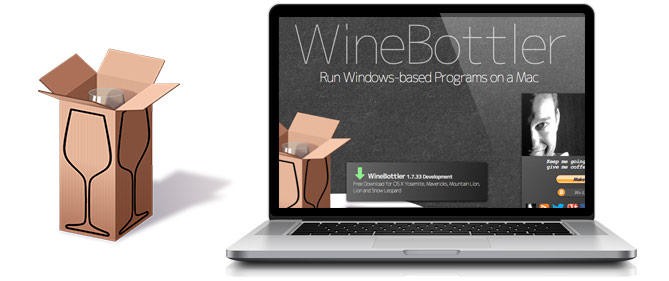Export the current Photos library as files. Select the All Photos album, then Edit Select All, then File Export. Pick Export Unmodified Original if you’ve made no changes to photos in iPhoto. Apr 07, 2017 There is something of a merger technique, using iCloud Photo Library. One can add the first library to iCloud Photo Library, then turn off the library feature on the Mac. Then, you can open the. Jan 18, 2017 How to create a 3D Terrain with Google Maps and height maps in Photoshop - 3D Map Generator Terrain - Duration: 20:32. Orange Box Ceo 7,519,651 views. Starting with OS X Yosemite 10.10.3, Photos replaced iPhotos on the Mac. If, like my wife, you kept using iPhotos before easing into Photos, you’ve probably got two different photo libraries on your Mac, which can be a pain and a storage hog. Thankfully, you can merge ‘em. To migrate another photo l.
- How To Combine Iphoto Libraries
- How To Merge Photos Libraries
- How To Combine Multiple Mac Photo Libraries Free
Nov 11, 2015 Open Photos while holding the Option key. Select your desired Library to open. Select all items and export them to a folder. Quit and re-open Photos while holding the Option key. Select a second library to open. Import all of the items into this second library. My favorite method to merge two different Photos libraries is as follows: 1. Pick the 'main' library you want to drop the content into. You'll lose information such as your albums and other data besides the photos from the other library.
As an OS X user you likely have at least some of your photos stored in Apple’s provided Photos application, and by doing so, you can use them with iCloud services, and in applications that interface with OS X’s media sharing services. However, there might be times where you want to keep some photos separate from others, and manage them in more private ways than having them accessible by other applications and services.
Creating a new library
Creating a new library for your various projects is relatively simple. First quit Photos, then launch it while holding the Option key, and you should see the library manager window appear. In here, you should see your current library listed, but also have the option to create a new library. Once created, you can then drag and drop or otherwise import the photos you want, and this new library will be the default one used when Photos launches.
By creating multiple libraries in this manner, you can keep projects separate and also spread out where you have your photos stored your library’s location, including storing it on a secondary partition, an external drive, or on a network attached storage (NAS) device.Switching libraries
How To Combine Iphoto Libraries
With multiple libraries on your Mac, you can switch between them very easily using two methods. The first is using the same library manager, so simply quit and relaunch Photos with the Option key held, and you can then select your library. However, an even easier approach is to simply open any of your photo libraries directly in the Finder, and it will open in Photos and become the default library used. With this approach, simply place the libraries or aliases to them in a convenient location, and then open them directly, instead of opening the Photos application itself.
The library chooser gives you a list of libraries that are in default locations on your Mac. You can use this panel to create new libraries, or choose those in non-standard locations like network storage drives.
How To Merge Photos Libraries
The real issue with multiple libraries is not which library is the default opened with Photos, but which is used as your System Library, that is, the one that third-party services like iCloud and other applications will reference when they are instructed to access your photo library. To change this, you need to go to the Photos preferences and click the button to use the current library as the System Library.
How To Combine Multiple Mac Photo Libraries Free
The caveat here is that in order to use a library with iCloud and other services, it must be stored on a volume that is formatted to Apple’s native HFS+ (Mac OS Extended) format. You can check this on any locally-attached drive by selecting it in the Finder and pressing Command-i to reveal the information window. Then expand the General section, where you should see its format listed.
